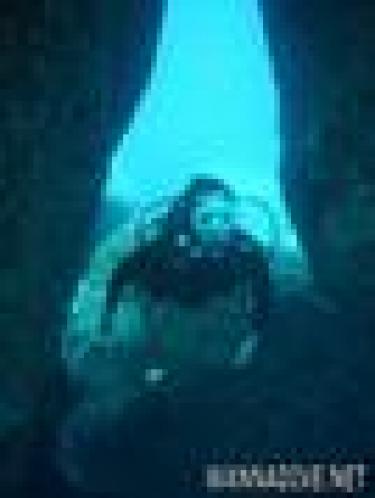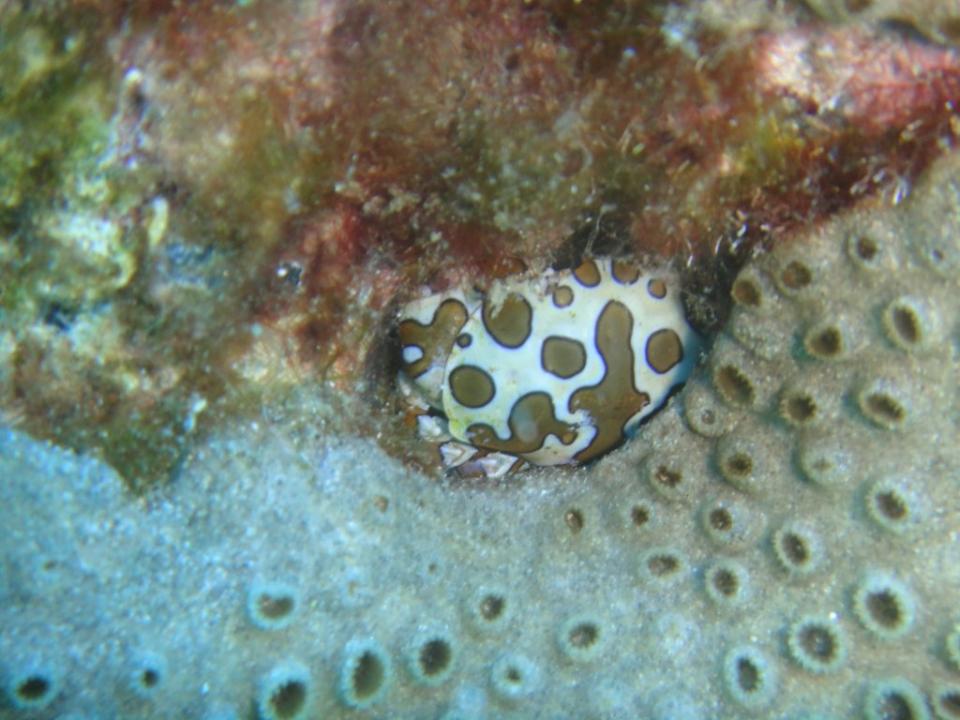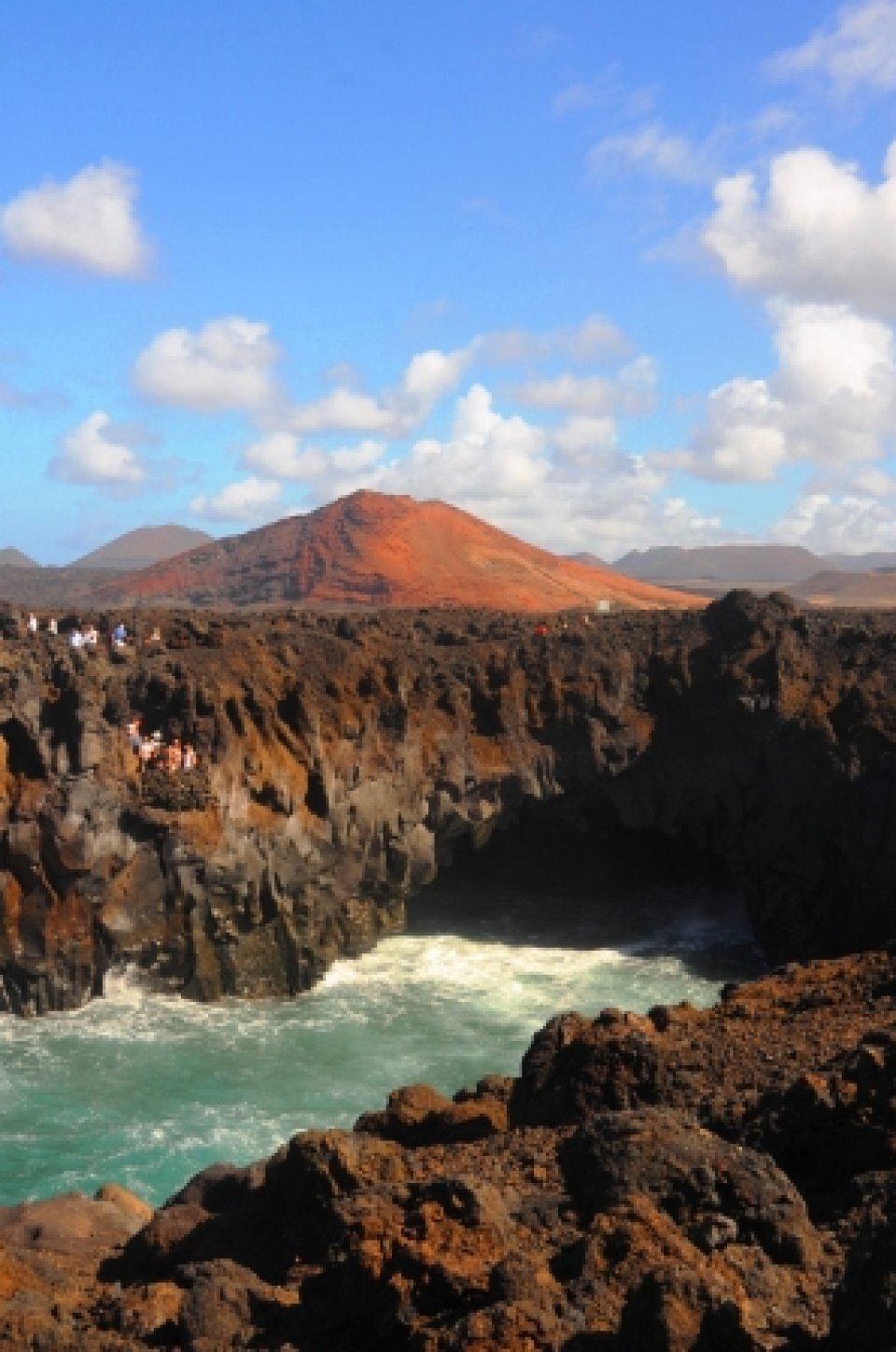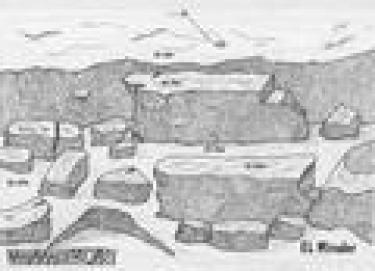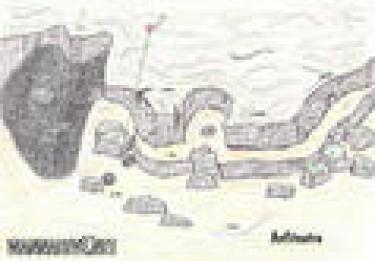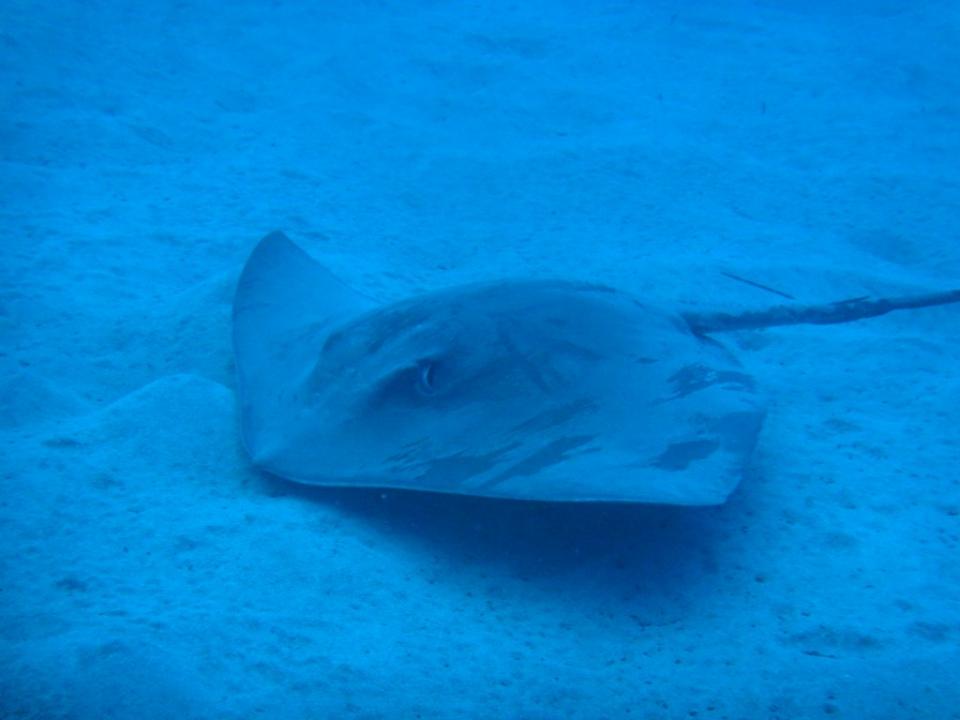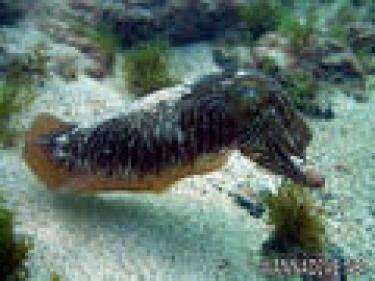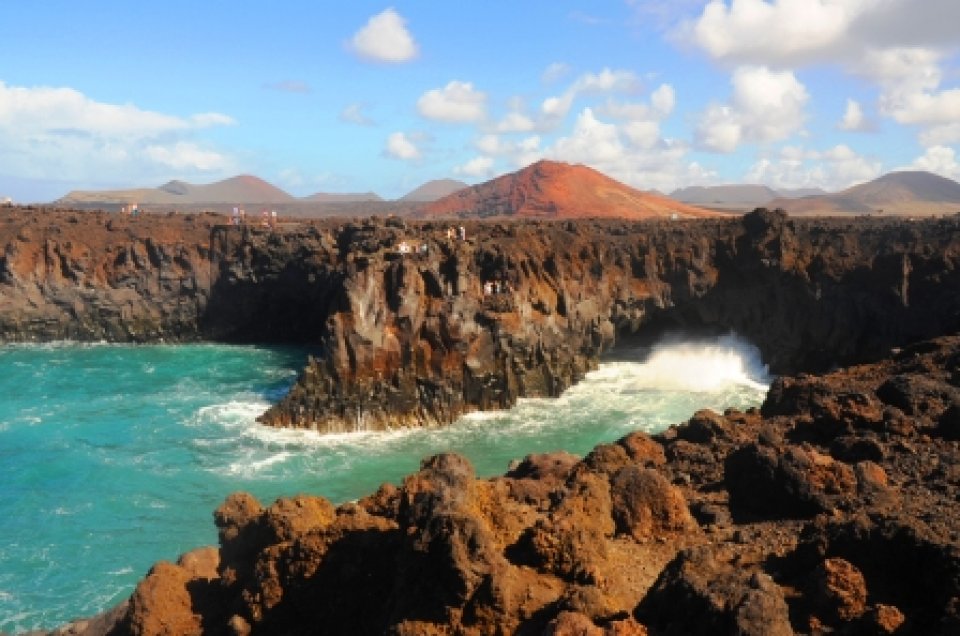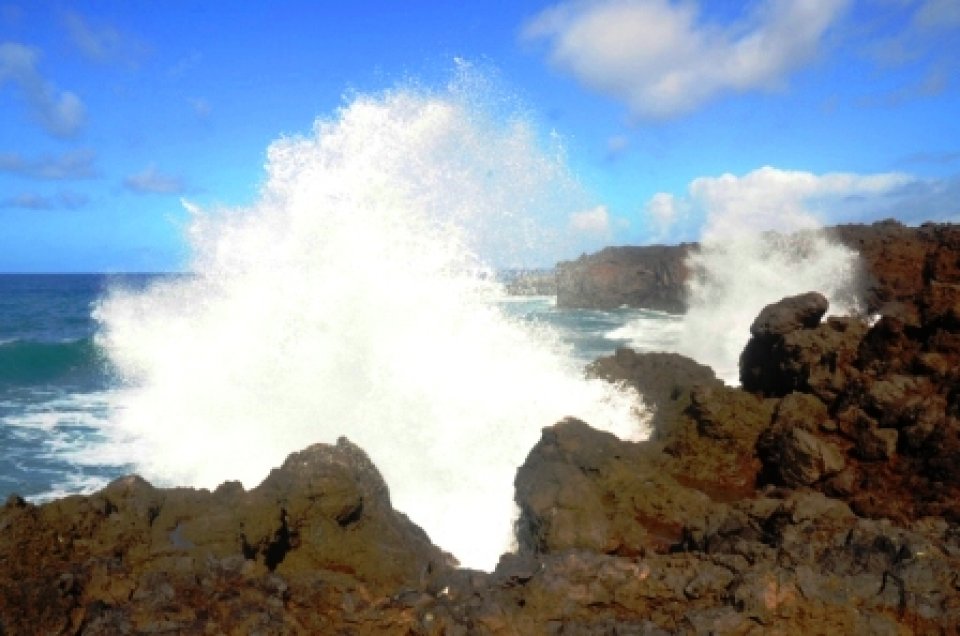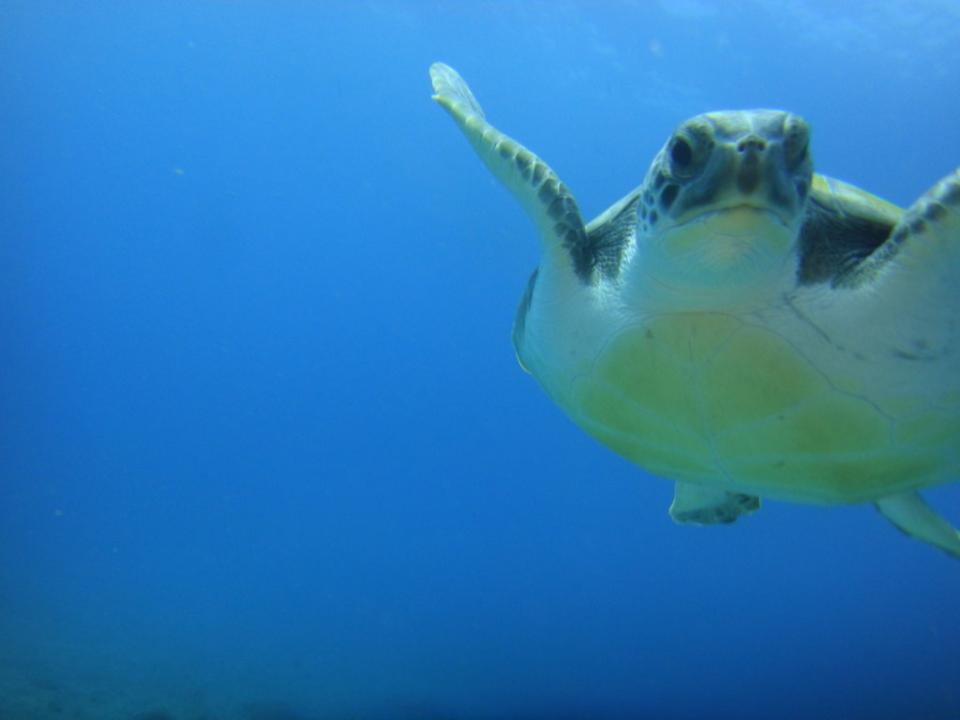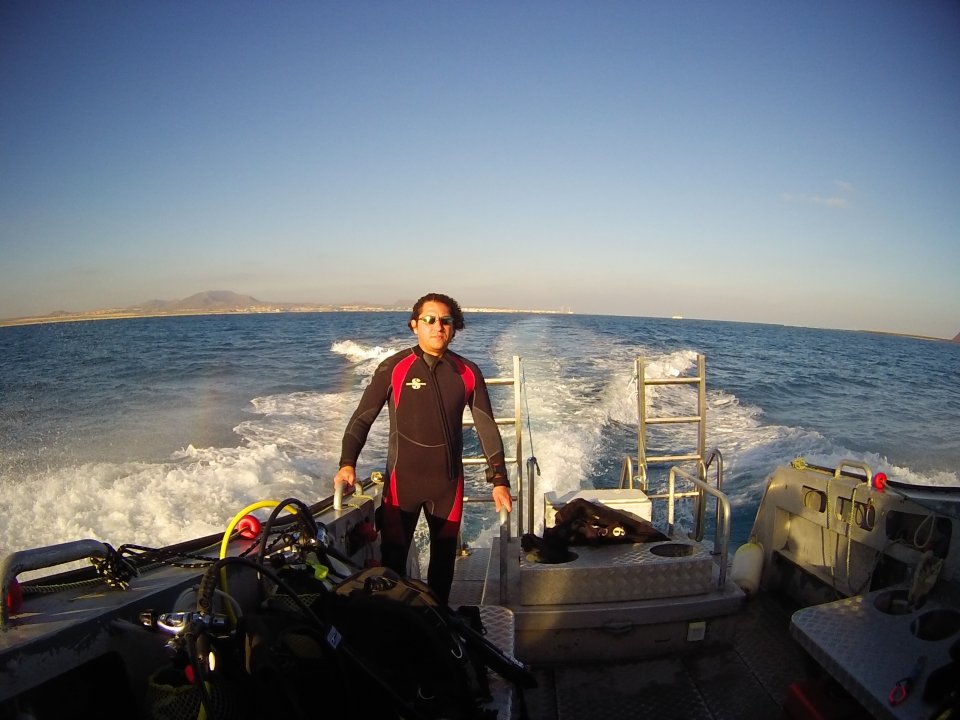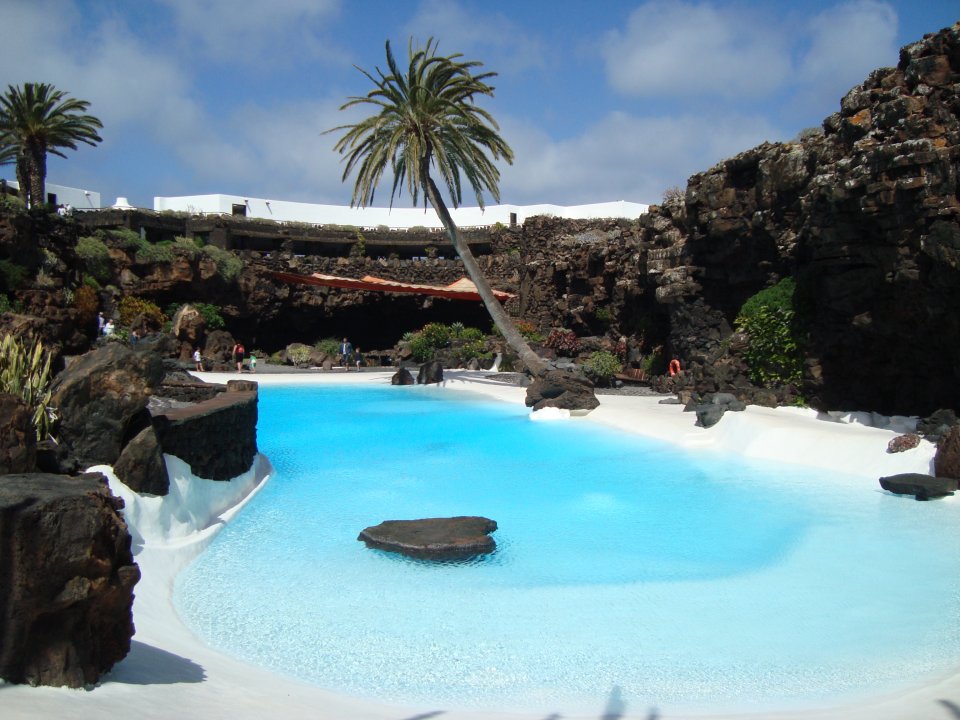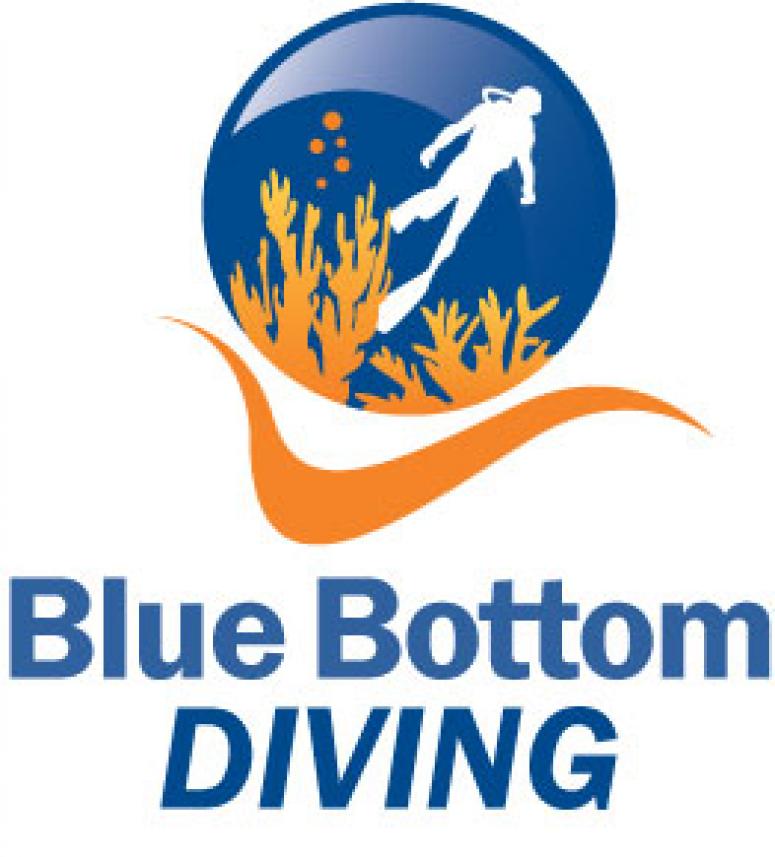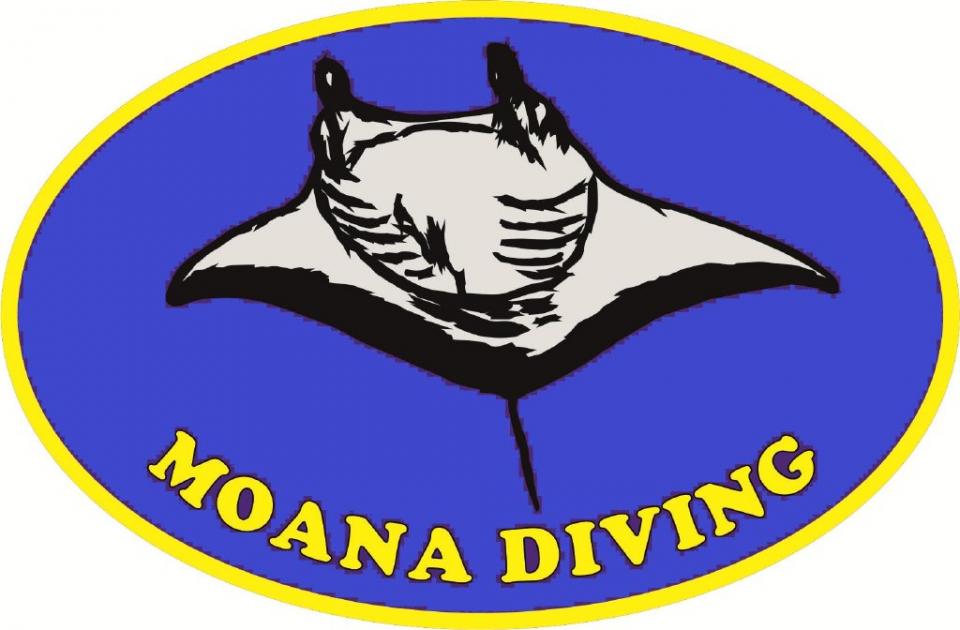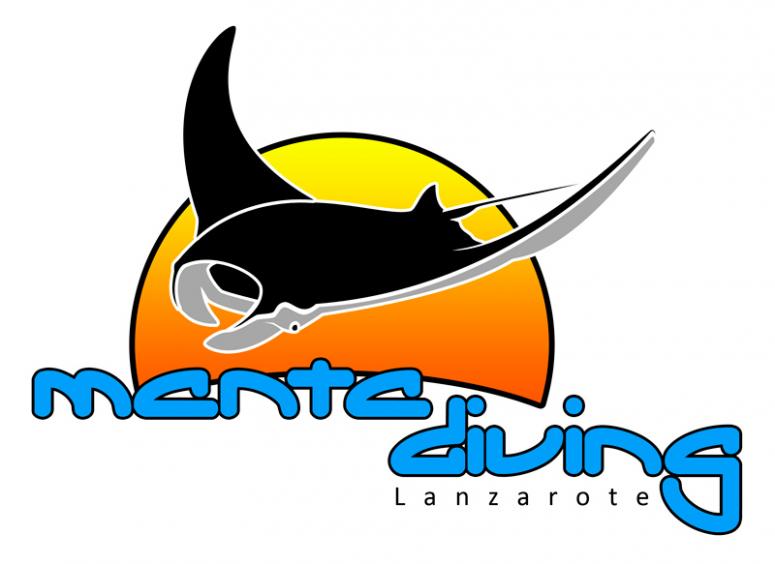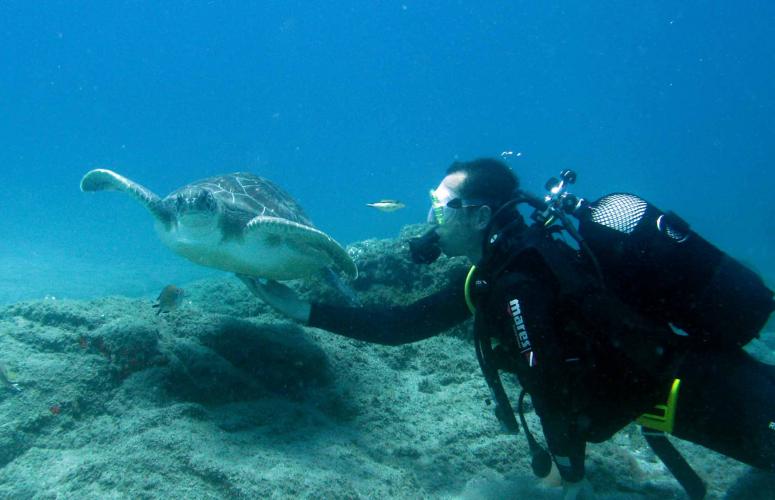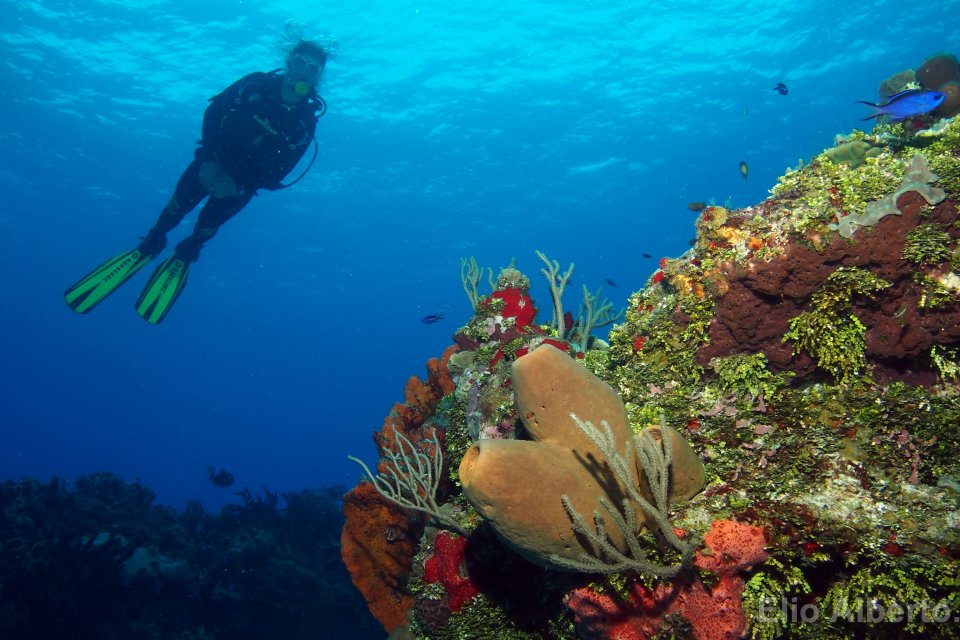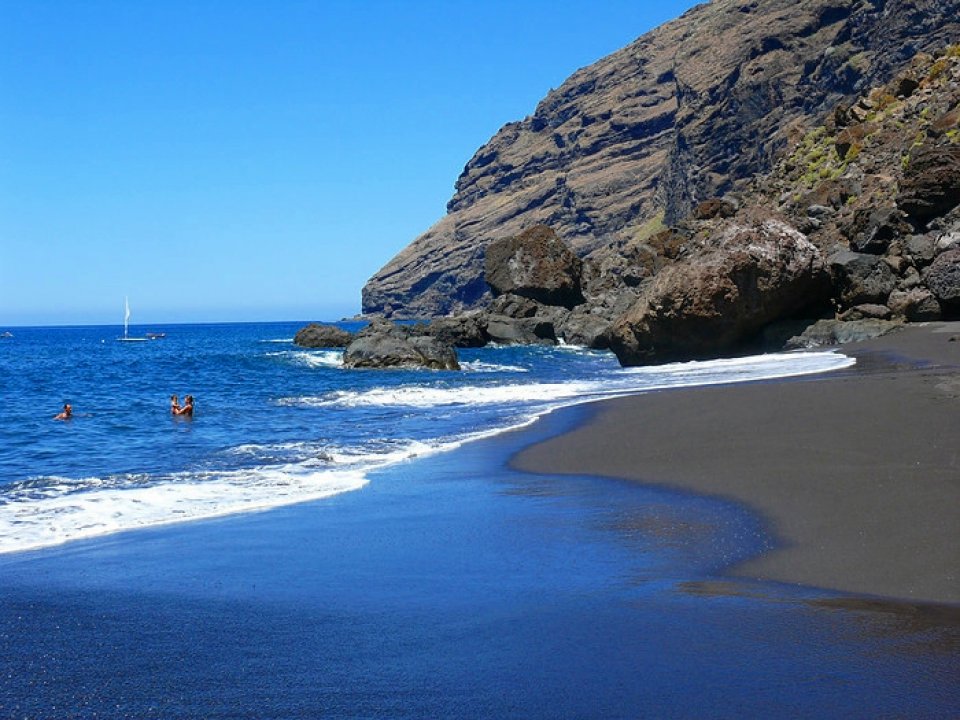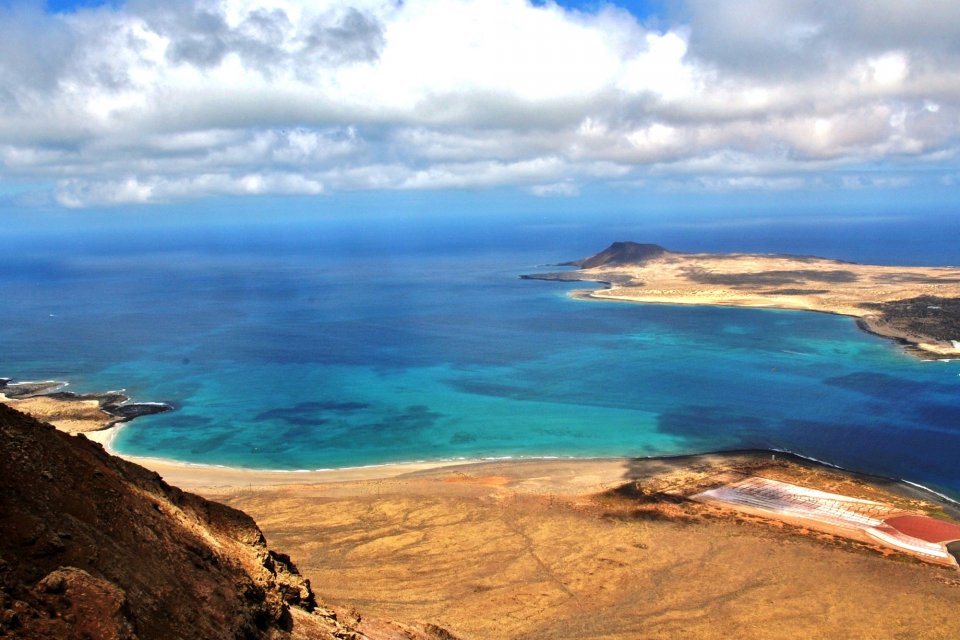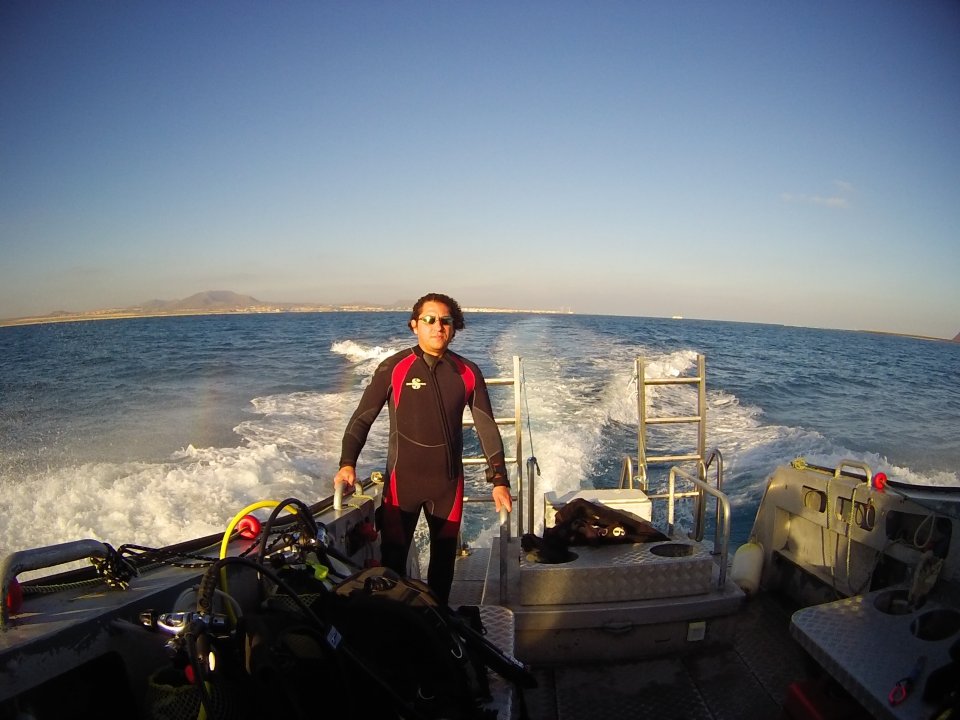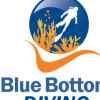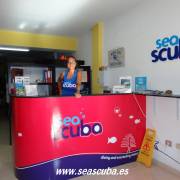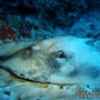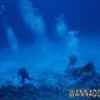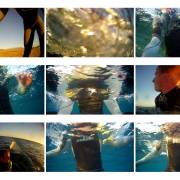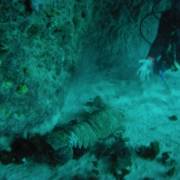Dive in Canary Islands
Diving packages in Canary Islands
-
Advanced Open Water
With this course the diver improvement and complete all skills learned in previous courses, is comprised of five specialty dives such as Digital Cameras, buoyancy control, Night Diving, Deep Diving and Underwater Navigation, together with the corresponding chapters of theory and review knowledge. The Advanced Open Water certification allows a depth of 30 meters and the requirement is to have the…338 $ More Information -
Discover Scuba diving
Discover Scuba Diving is for adventurers! This course ensures your first dive in the ocean will be a happy and memorable one. You shall be greeted at our dive centre with warm smiles and a cup of coffee as our PADI qualified instructors shall give a detailed explanation of Scuba Diving, the apparatus you shall be using, the marine life in Gran Canaria and the logistics of the day. For beginners we…93 $ More Information -
Try dive 40 minutes
Discover the great underwater world in full safety with one of our instructors that will go in the water with you. We always organize this activity with one instructor per person. We give you a briefing about the dive and the safety, and then we head for 40 minutes to the search of nice animals.Included: personal instructor, transport to and from hotel, insurance, equipment.Not included: food and…111 $ More Information -
Discover Scuba Diving
The discover scuba diver course with Ocean Trek takes3-4 hours.It include a briefing, some easy skills in the shallow water and a open water dive for about 45 minutes to max. 12 meter depth.Usually we dive twice a day at 10:00am and 2:00pm in small groups so that your personal instructor will always close to your side. During the dive you already see a big variety of fishes, often turtles or rays…88 $ More Information -
Advanced Open Water course
The advanced open water course is a fantastic and fun way to further your diving career and see more of what the ocean has to offer. Remember 70% of the earth's surface is water so why not dive deeper and discover more! This advanced course consists of five specialised areas: Deep Diving (~30m - mandatory) Underwater Navigation (mandatory) Peak Performance Buoyancy (recommended) 2 of your…344 $ More Information
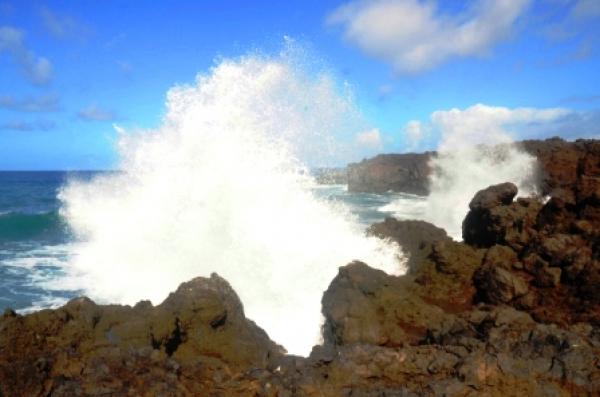
Travel to Canary Islands
The Canary Islands are part of Spain but they're located much closer to Africa than the Spanish mainland. The seven islands are in the Atlantic Ocean, 1,350 kilometres south of the Iberian Peninsula. Their nearest neighbour is Morocco (95 kilometres east of Fuerteventura) and the climate is wonderful all year round with temperatures rarely falling below 18C in the winter and rising above 24C in the summer.
They call the Canaries "The Land of Eternal Spring". The sub-tropical climate is regulated by the Gulf Stream and Trade Winds and any time of year is a good time to visit with guaranteed sunshine, virtually no rainfall and non-stop tourist activity. Small wonder that 11 million international tourists migrate to these shores each year!
The archipelago consists of five main holiday islands - La Palma,Tenerife, Gran Canaria, Fuerteventura and Lanzarote - and the two, small unspoilt islands of Hierro and Gomera. The islands are the tips of a vast volcanic mountain range lying beneath the Atlantic Ocean. The fact that four of Spain's seven major national nature reserves are located here reflects the extraordinary wealth of natural beauty to be found in the Canaries.
The volcanic crater of Mount Teide, the major landmark of Tenerife, was designated as a national reserve in 1954 along with the Taburiente crater on La Palma. Teide is the third tallest volcano in the world and its 3,718-metre peak is the highest in the whole of Spain. The Caldera del Taburiente on La Palma is the world's largest erosion crater with a diameter of nine kilometres and a depth of 770 metres.
The islands are also a paradise for lovers of nature and water sports enthusiasts like Diving. The Canaries are home to some fascinating indigenous animal and plant life and the local waters provide some of the world's richest diging grounds. Shark, tuna and marlin are all to be found in abundance here. Most tourists prefer to dive for a glimpse of the bottle-nosed dolphins and pilot whales which you can often see around the islands.
